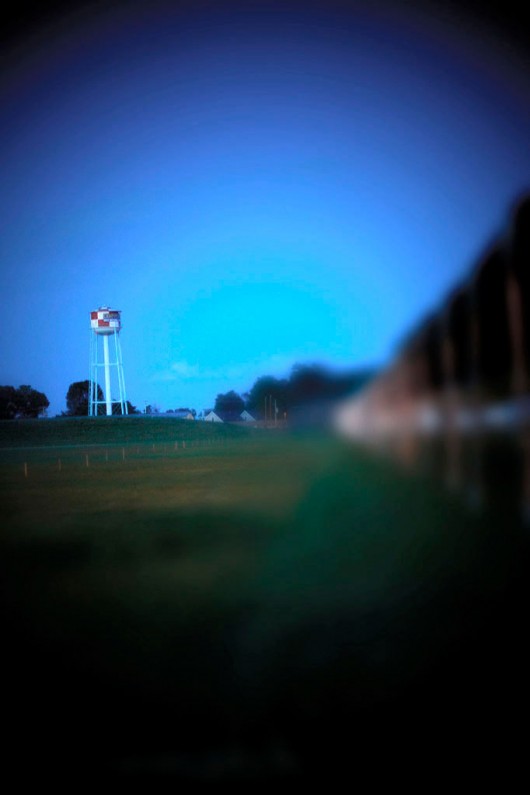by Hap Rocketto
During the summer months shooting and baseball absorbs the bulk of my sports budget in terms of interest, time, and treasure. Shooting by far consumes the greater part; but there is always room for a ballgame or two and plenty of reading. I would not be surprised to find out that, outside of Abraham Lincoln and golf, books on the subject of baseball rank as the most published.
One idle summer afternoon, while thumbing through a volume I had plucked from the library shelf; my eye caught a comment by Richard Johnson, curator of the Sports Museum of New England. Johnson, the author of a variety of sport books, wrote that Fenway Park is, ‘…the village green writ large.”
Those of us from New England are familiar with the both the Red Sox and the village green. A green is usually a large plot of ground found in the center of a town and shared by its citizens for communal activities. It is sometimes known as ‘The Common” and in many towns the land has survived centuries of development, often as a park. Three that come to mind immediately are the Boston Common, famous for its Swan boats, the 16 acres of the New Haven Green boarded on the northwest by the Old Campus of Yale University, and the Lebanon, Connecticut green which, at a mile in length, is the largest in the United States.
As a long suffering Red Sox fan I thought that the same may be said of that village green of shooting Camp Perry. Fenway Park, the oldest ball park in the major leagues, opened on April 20, 1912 but Camp Perry has been around since 1907.
For more than a century Perry has hosted the National Match and National Championships for most of those years. But for the Great Depression, two World Wars and their aftermath, and the Korean Conflict perhaps it would have a 100% record.
Much like a fan attending a game at Fenway the shooter does more than enter into a competition, he also connects himself with both the past and the future of competitive shooting as he becomes part of the continuing stream of rifle and pistol shooters who have, and will, test themselves against themselves and the best competition the national has to offer.
Like Fenway, Perry is a historical artifact, not just a reminder of the times gone by and a promise of the future. In a real sense it is a museum without the “Do Not Touch” signs. It is interactive and demands that we participate in hands on experiences and, in doing so, become part of the fabric of shooting history.
Rifles and pistols may have changed in the past century but the flat fields and shallow water of Lake Eire have remained a constant. The view that greets an excited 14 year old junior staring down range for the first time is the essentially same scene that greeted the first riflemen who gathered there in 1907. Perry represents a seamless flow of skill, innovation, and competition in the shooting sports that is found in only a few other sports venues such as Fenway.
Camp Perry gives each shooter a common experience that joins him with shooters, living, dead, and still unborn in a special brotherhood. It ties us to shooters around the country, not to mention more than a few foreign nations as well as our past. The grass, pits, and buildings at Perry stand as silent witnesses to this fact as demonstrated at the 2000 smallbore championships.
That year I shot on a team with Art Jackson. Art had fired his first smallbore match at Perry in 1940. Jackson was taught how to shoot kneeling by the great Morris Fisher who shot for the Marines at Perry in the 1920s and 30s. Fisher learned how to shoot the ’03 from those who had shot at Perry on the Marine Team of 1907. In that way I am just two men removed from the pioneers that competed in 1907.
I’ll never be able to pitch off of the mound at Fenway Park as did Cy Young or Babe Ruth, patrol the turf in left field like Ted Williams or Carl Yastrzemski, or squat behind home plate where Moe Berg, Carlton Fisk and Jason Varitek waggled their fingers to signal pitches to a battery mate. But at Camp Perry I can, and do, shoot on the same range, and possibly the same firing point, as Bill Woodring, or Lones Wigger, or Harry Reeves. No other sport offers that continuity or allows an unknown to challenge the best in the game shoulder to shoulder.
The National Championship is often referred to as The Word Series of Shooting. Fenway has hosted nine baseball World Series while Perry has many times that number of shooting championships.
Because In this, and in so many other ways, Camp Perry, like Fenway, is not so much a place but rather a state of mind, deeply ingrained into the psyche of thousands of American shooters.


